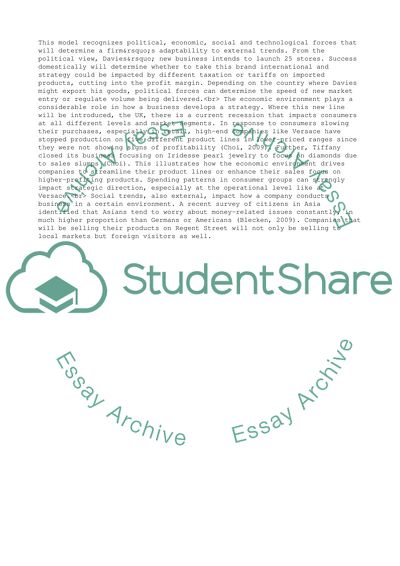Cite this document
(Fashion in the Midst of Recession Research Paper - 1, n.d.)
Fashion in the Midst of Recession Research Paper - 1. Retrieved from https://studentshare.org/management/1565198-strategic-management
Fashion in the Midst of Recession Research Paper - 1. Retrieved from https://studentshare.org/management/1565198-strategic-management
(Fashion in the Midst of Recession Research Paper - 1)
Fashion in the Midst of Recession Research Paper - 1. https://studentshare.org/management/1565198-strategic-management.
Fashion in the Midst of Recession Research Paper - 1. https://studentshare.org/management/1565198-strategic-management.
“Fashion in the Midst of Recession Research Paper - 1”, n.d. https://studentshare.org/management/1565198-strategic-management.


